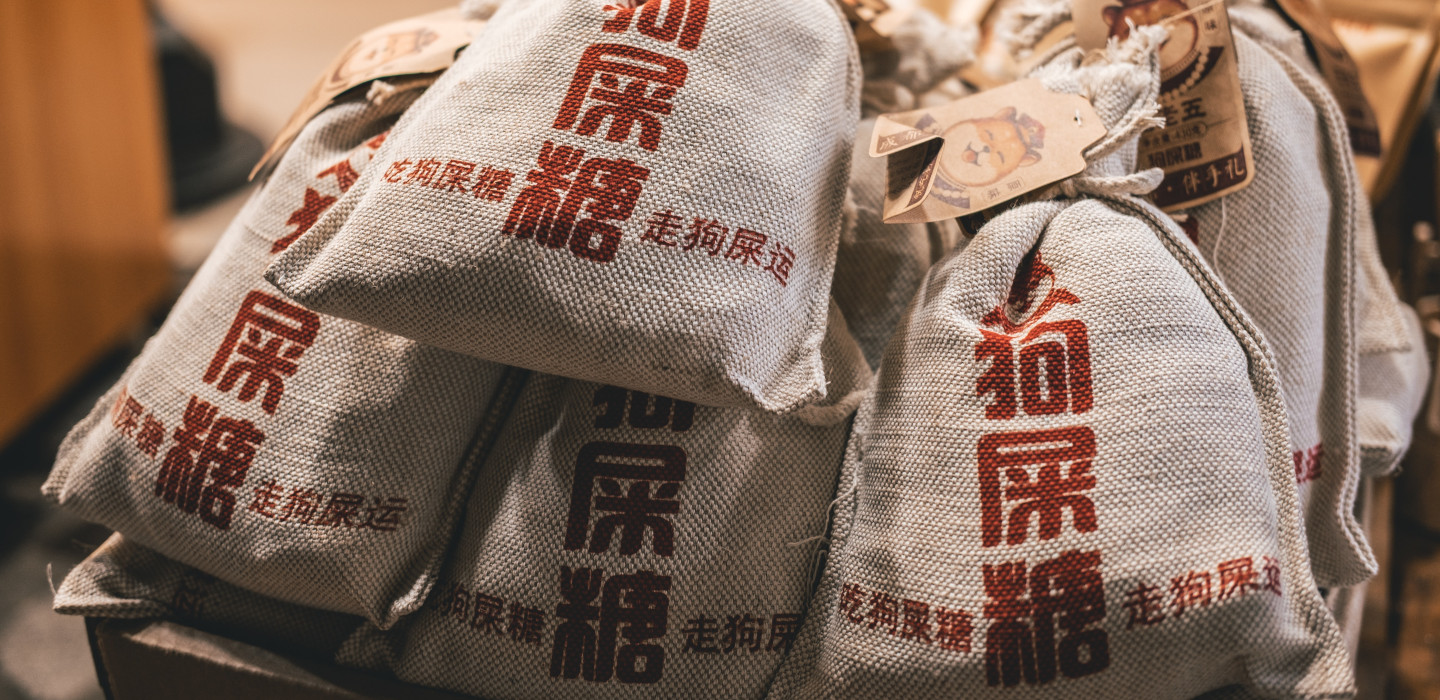The potential impact of COVID-19 on China’s food security: Prospects for food imports
IFAD Asset Request Portlet
ناشر الأصول
The potential impact of COVID-19 on China’s food security: Prospects for food imports
المقدر للقراءة دقيقة 8
Last week, the China Grain Reserve Group announced its intention to purchase 22 million tonnes of imported grain during 2020. The announcement raised some concerns about China’s food security, especially considering the as yet unclear impact of the COVID-19 pandemic on the country’s food production and distribution, as well as the decision of some countries to stop exporting their agricultural production in anticipation of possible repercussions on their own internal food supplies.
While these concerns are understandable, my opinion is that – at the moment – nothing suggests there are reasons for China itself to worry about food security.
Why China shouldn’t worry
First, China always plans its food import quota for the year at around this time – and this announcement does not differ in content from previous years’ announcements.
Second, while the announced quota – 22 million tonnes of grain – is slightly higher than the quota of imported cereals in 2019 (about 17 million tonnes), it is nevertheless significantly lower than the previous four years’ quotas (i.e. 27 million tonnes in 2018, 35 million tonnes in 2017, 31 million tonnes in 2016, and 43 million tonnes in 2015), confirming a general declining trend in China’s grain imports. Additionally, the planned quota for 2020 represents only 3 per cent of China’s annual grain consumption – confirming that China is about 97 per cent self-sufficient in terms of the three main cereals consumed (wheat, rice and maize).
Third, China’s food production has been extraordinarily high for the past several consecutive years, reaching a record 660 million tonnes of grain output in 2019. Per capita food production is above the world’s average, and food stocks are well above 20 per cent of usage, the minimum level recommended by the Food and Agriculture Organization of the United Nations to ensure a country’s food security.
In conclusion, China has sufficient food reserves to meet its internal demand for at least one year. Despite the country’s COVID-19 outbreak and the decision of some countries to control food exports, I do not expect the pandemic to have a significant impact on food availability and food prices in the country. A recent article in The Economist seems to confirm the same at a global scale: despite the severity of the shock we’re experiencing, global food supply has been maintained and food prices have not increased.
This generally positive picture is not, however, a reason to be complacent.
Why China shouldn’t be complacent
The ready availability of sufficient food stocks in China has helped to keep food availability and food prices steady. Similarly, the gradual “return to normal” in most of the country seems not to have affected overall food production and distribution significantly. However, loss of employment resulting from movement restrictions, along with the consequent loss of income, have reduced people’s ability to purchase food – even if food is actually available on the market. Purchasing capacity, not food availability, seems to be the biggest threat to food security.
The most severely impacted will, of course, be the poorest and most vulnerable households, who have less capacity to cope financially with long periods of unemployment. It is estimated that there are currently fewer than 6 million people in China living on less than US$1.90 per day, the threshold for extreme poverty. However, at a threshold of US$5.50 per day (the typical poverty line in upper-middle-income countries), about 373 million people would be considered as living in poverty, according to the Commission on Global Poverty. This latter group of people largely depends on remittances from family members who have migrated to cities and/or are engaged in informal labour, or whose income is otherwise precarious. If immediate action is not taken today to make cash available, or to quickly create income-generating opportunities, these families are at risk of facing food insecurity in the future.
IFAD has been helping these groups become more resilient to shocks. IFAD projects support vulnerable households in diversifying their income-generating opportunities and improving their livelihood options. They also work to improve their access to markets – even in situations where movement restrictions are in place – through the use of digital platforms and technologies, among other means.
Future prospects for China’s food imports
It is very difficult to predict how much food China will need to import in the future. On the one hand, food self-sufficiency (or quasi–self-sufficiency) has always been an important strategic objective of China’s agricultural policy, particularly for staple crops. China has maintained an overall 95 per cent food self-sufficiency level over the past years, with 97 to 98 per cent self-sufficiency for the three major staple crops: wheat, rice and maize. If China’s policy does not change in this regard, then we may expect that food imports will not significantly change in the future – certainly, they will not drastically increase. (Some studies have forecast that China’s self-sufficiency level will decrease somewhat, settling at about 91 per cent in 2025.) Nevertheless, the risk that other countries will face increases in poverty and food insecurity due to the pandemic remains, and that, consequently, they will decide to stockpile food, increase protectionism, and limit food exports. In this scenario, and in anticipation of possible similar events in the future, China may indeed opt to strategically increase, rather than decrease, food self-sufficiency.
On the other hand, from a purely economic and cost-efficiency point of view, increasing imports may be more economically and environmentally efficient, considering the relatively high cost of domestic production (because of high labour and input costs), the rising pressures on land and environment (China feeds about 20 per cent of the world population with only 7 per cent of the arable land), and the potential opportunity gains for higher-value crops, such as horticulture, rather than staple foods. If economic and cost-efficiency considerations prevail in the future, then we may expect an increase in food imports.
Other factors, such as a changing diet (which may lead to an increase in imports of products such as meat, milk and sugar), and demography (which may lead to a stabilization in consumption as China’s population approaches its peak), may also contribute to determining the level of food imports in the future.
From my perspective, a proper strategy should aim at maintaining a balance between a comfortable level of self-sufficiency for staple foods and a percentage of imported foods, considering the benefits of both. Nevertheless, the definition of a “comfortable level” ultimately depends on political considerations – including estimating the likelihood that other countries may increase protectionism and control exports in reaction to future events similar to the current outbreak.
Read more about IFAD’s work in China.
Learn more about IFAD’s response to COVID-19.
تاريخ النشر: 27 مايو 2020